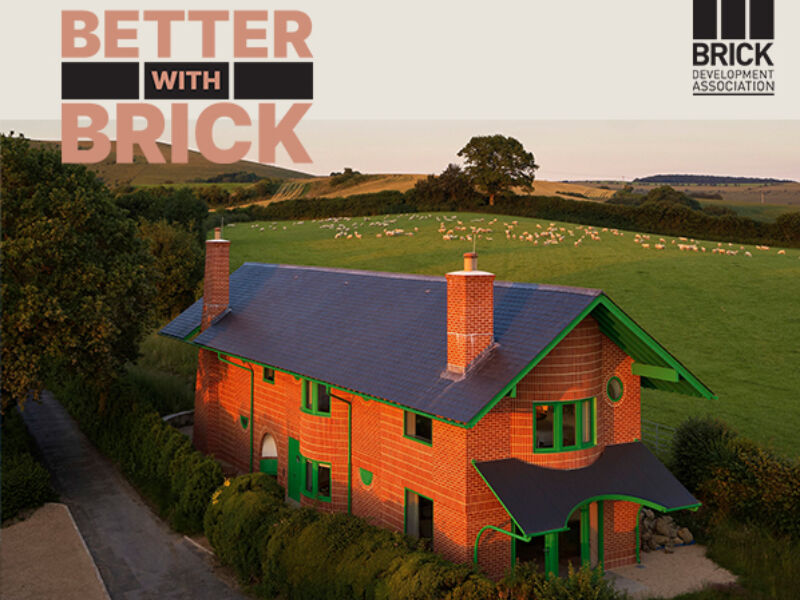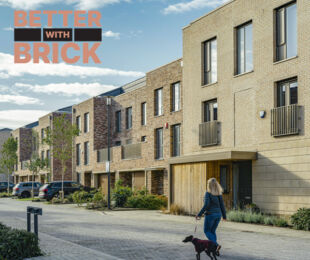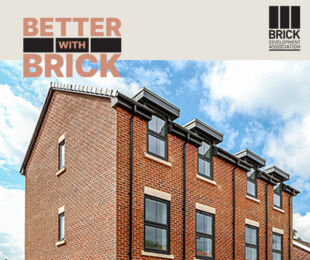Clay Brick, Timeless Design & Infinite Possibilities: Better with Brick Blog Series

Clay brick has proven itself to be one of the most versatile and adaptable building materials available. Its applications are virtually limitless, lending itself equally well to residential, commercial, and industrial projects of any size or style.
One of the great advantages of clay brick construction is its inherent adaptability over time. Brick buildings can be easily extended or subdivided as needed to change their size and use. A structure originally built for commercial purposes can be adapted for residential living, or vice versa. This flexibility ensures brick buildings can evolve alongside the changing needs of owners and communities.
Alongside its functional adaptability, clay brick also offers timeless aesthetic appeal. With a vast range of colours, textures, shapes and sizes available, clay brick allows for creative and architectural expression. Yet clay brick's classic looks remain appealing decade after decade, century after century. Today's clay brick buildings can achieve a look that can be traditional or historic, contemporary, or ultra-modern.
In a world where construction demands are evolving, the brick industry continues innovating new products and systems to create any architectural detail. In addition to conventional clay brick, architects and contractors now have access to versatile brick slip façade systems in a variety of textures and colours. These brick slip solutions provide an authentic brick finish but due to their light weight, they ensure ease of installation, less waste and can significantly streamline the construction process. Furthermore, pre-manufactured lintels and arches and modular non-structural components such as chimneys and balconies can all be pre-manufactured offsite with exemplary craftsmanship.
These solutions help accelerate brick installation, especially when dealing with simple, repetitive details. Manufacturers are also pioneering modern methods such as robotic bricklaying to revolutionise the construction process.
Prestigious and landmark projects such as the renovated Battersea Power Station in London showcase brick construction's enduring relevance. Built in the 1940s, this iconic building was constructed using over six million clay bricks across three bricks styles and 12 bricks specials. For its restoration and redevelopment, this iconic building required two of the original brickmakers to provide 1.75 million new bricks in various colours and shades to match the originals. It demonstrates how clay brick can harmonise period and contemporary design, whilst preserving historical accuracy.
From its adaptability to its timeless aesthetics, few building materials can match the lasting performance and appeal of high-quality clay brick. As construction methods evolve, clay brick will undoubtedly remain an innovative, versatile solution for decades to come.



